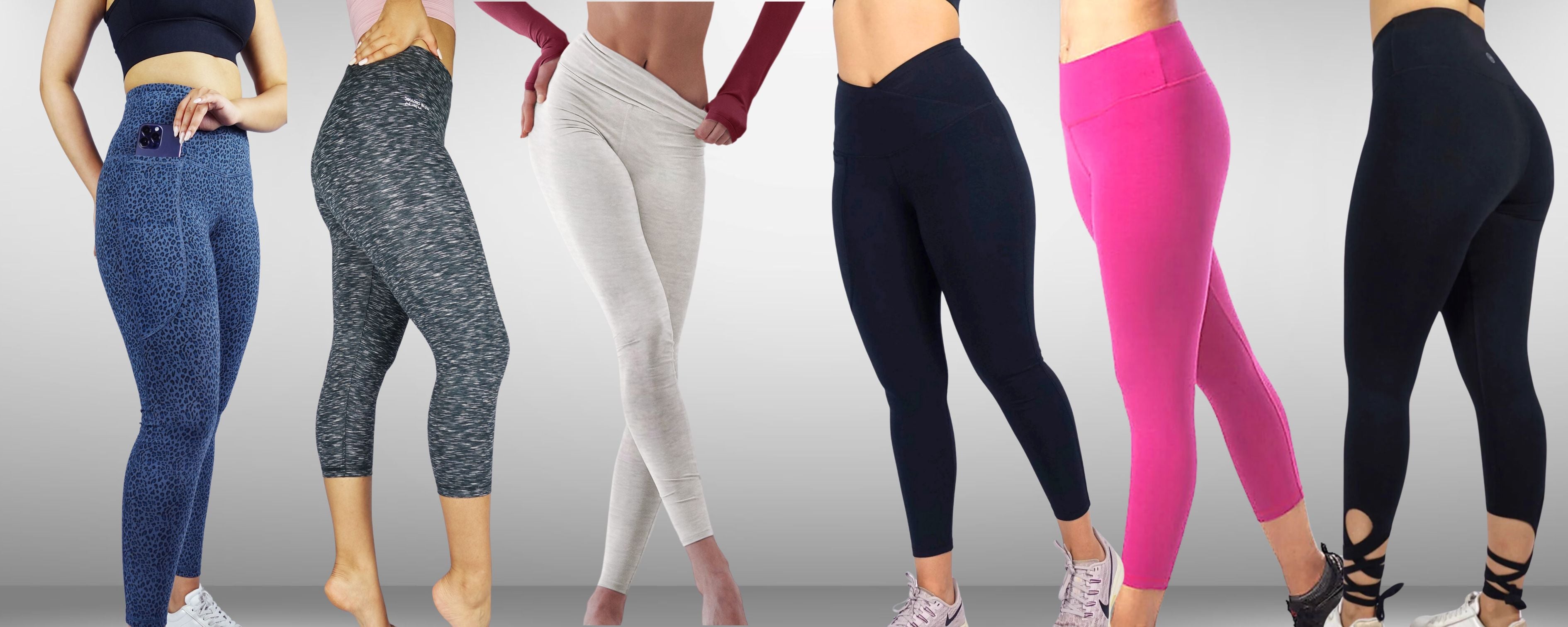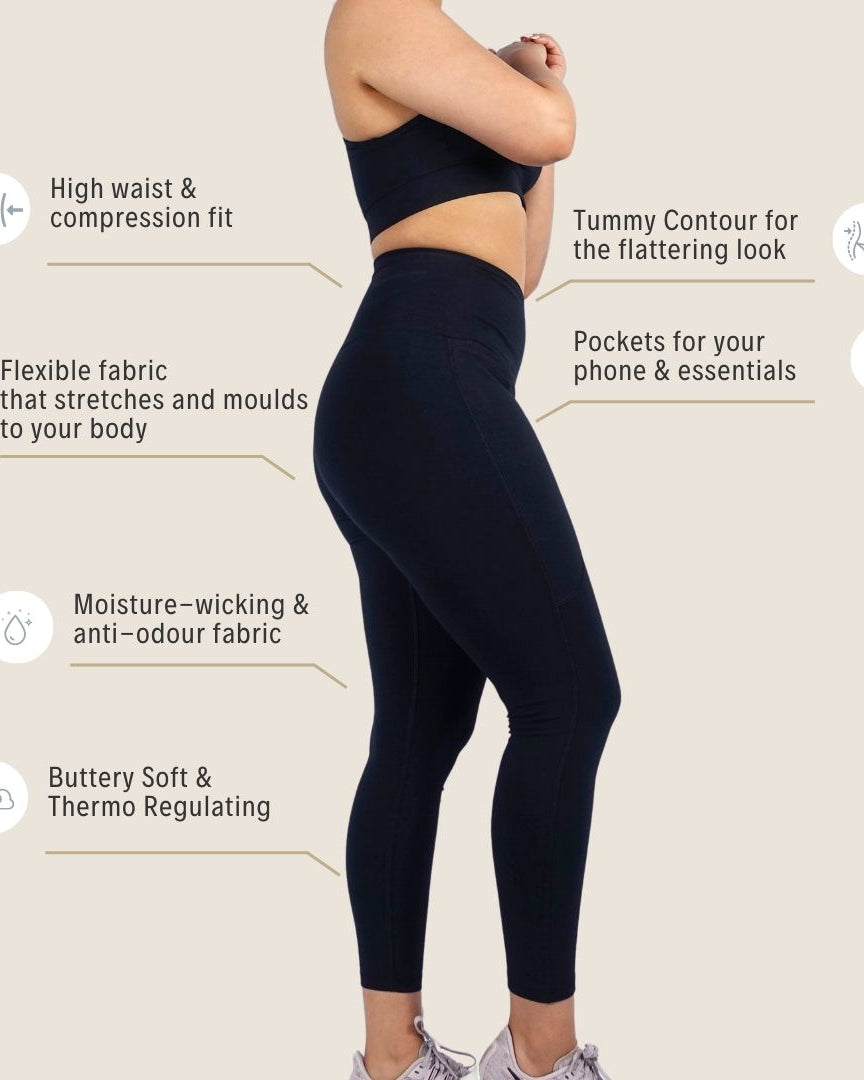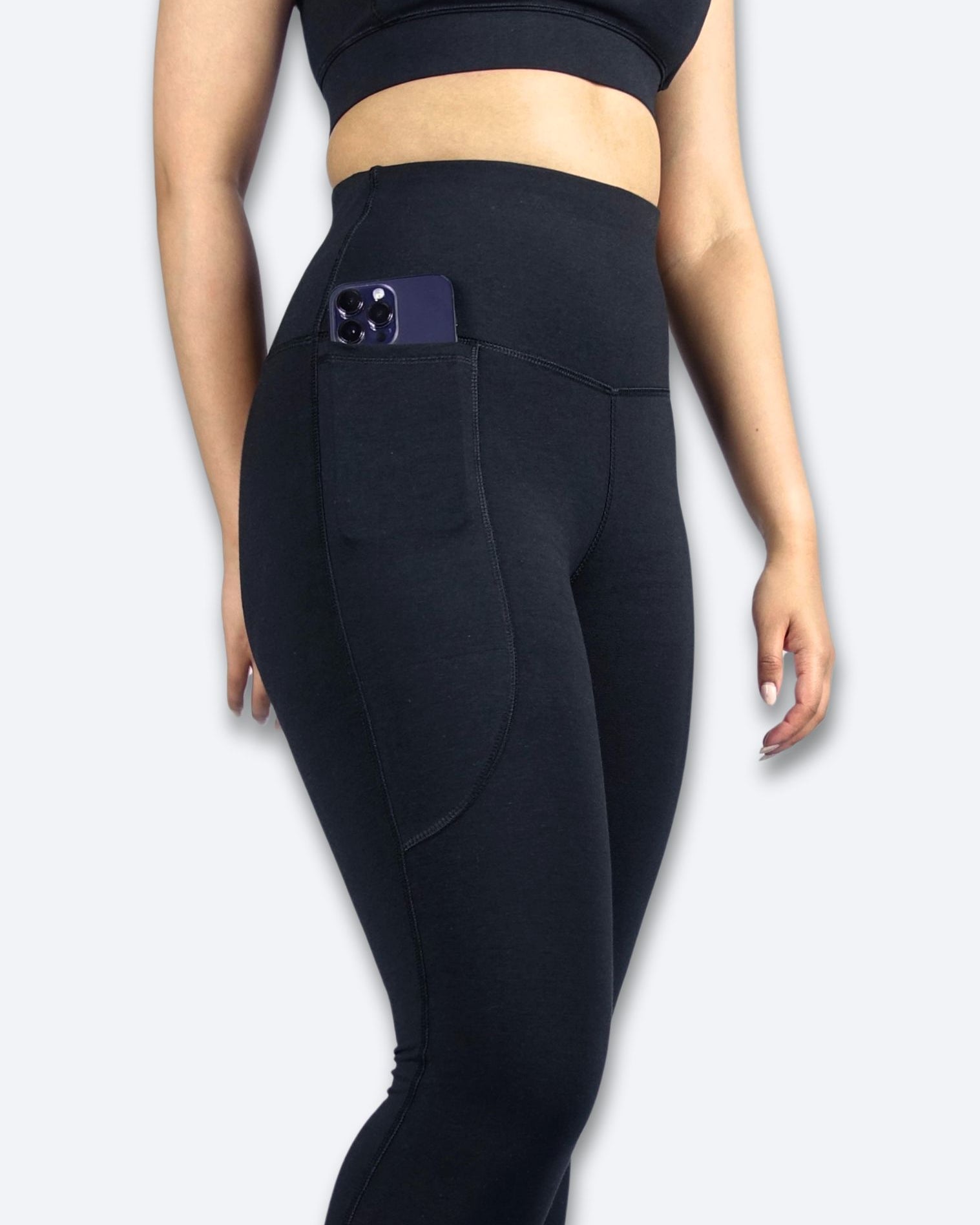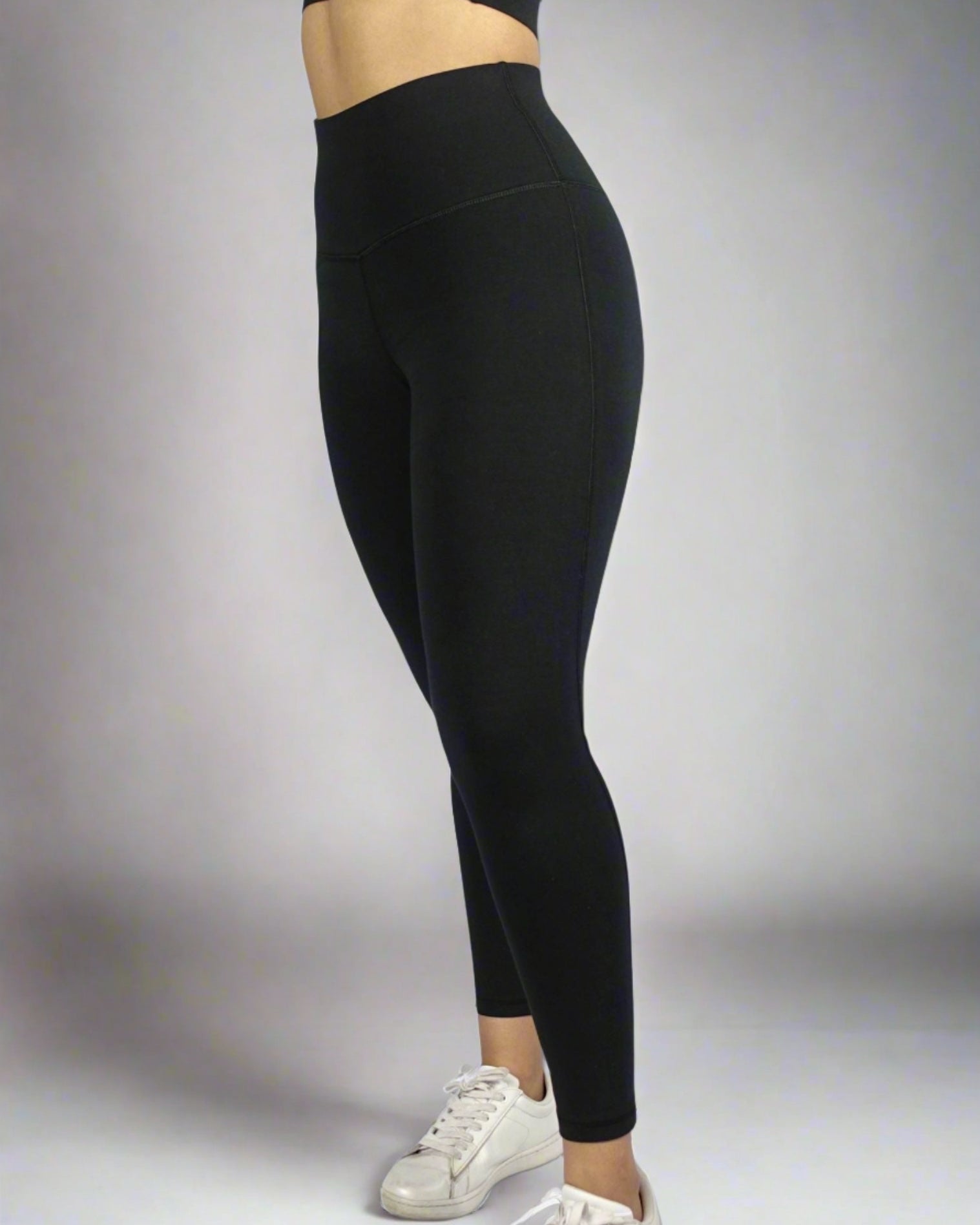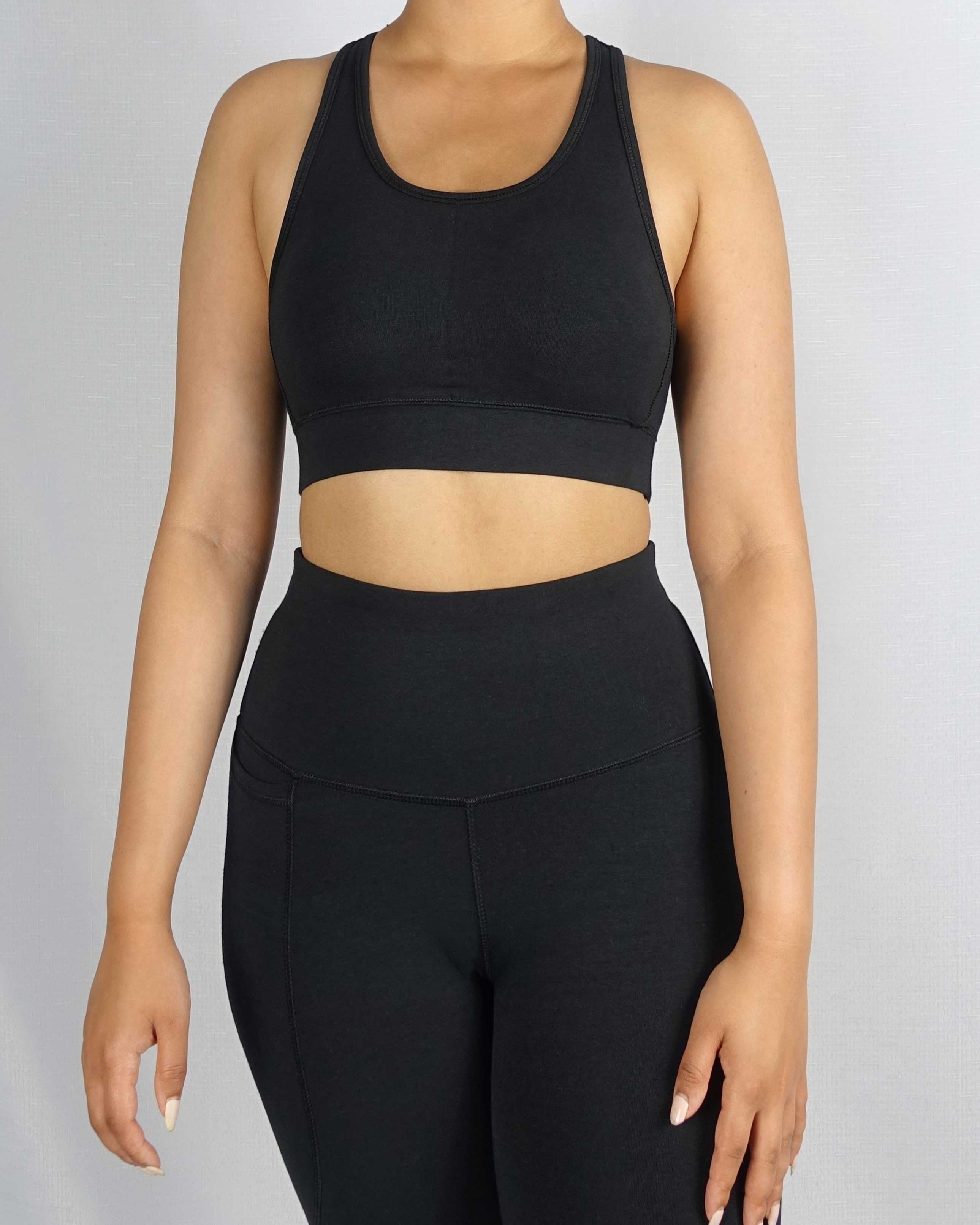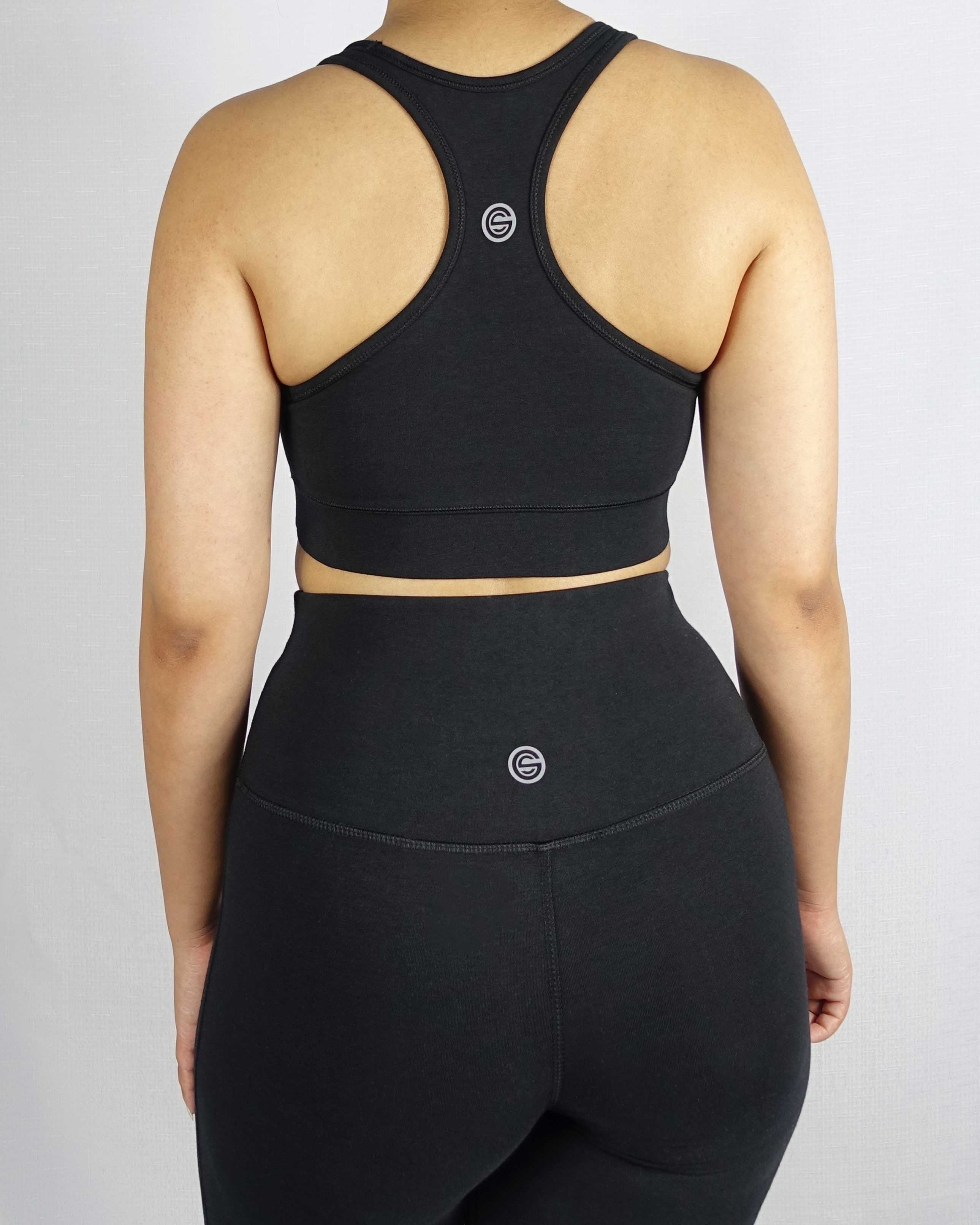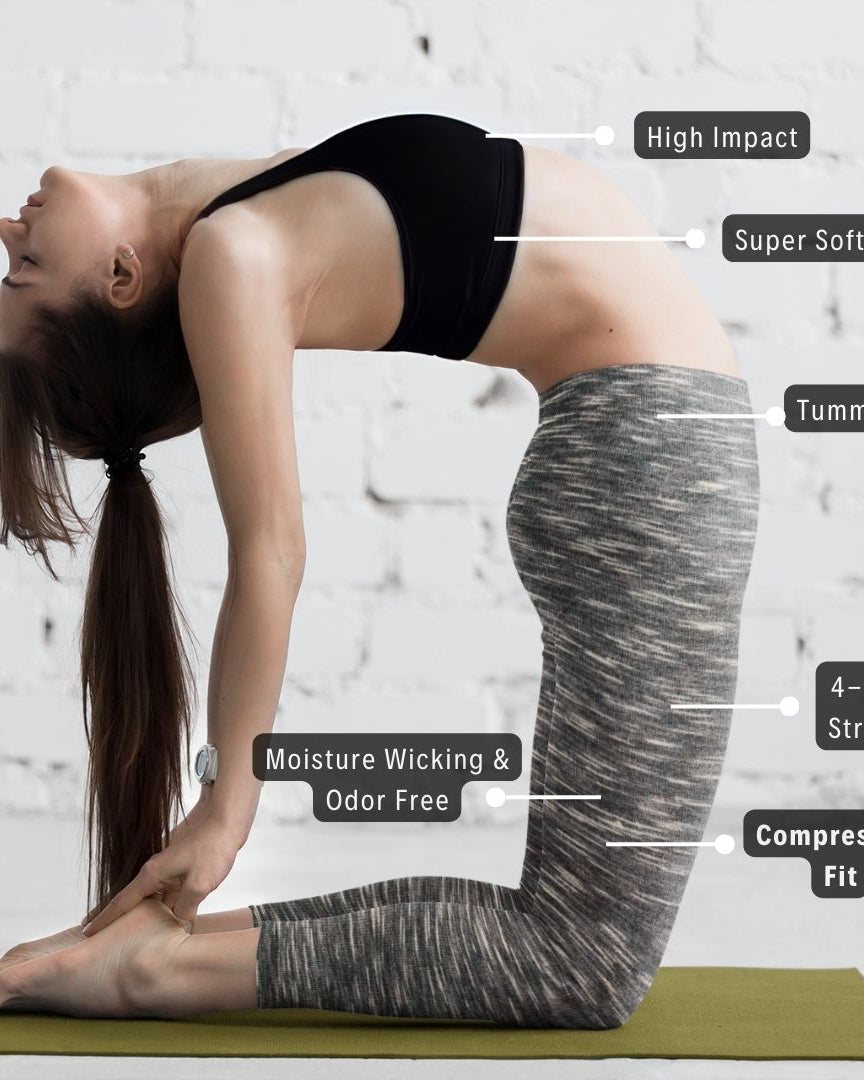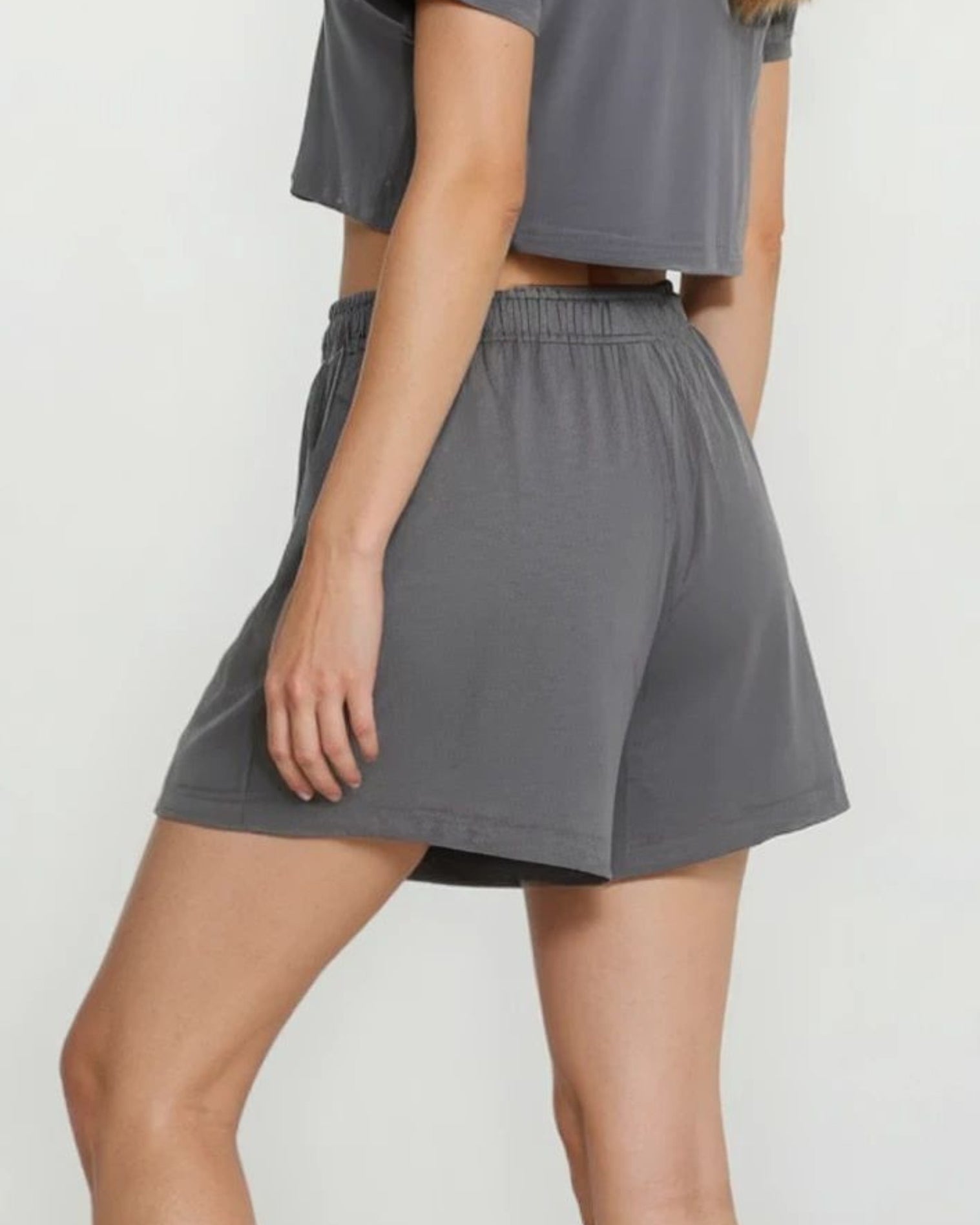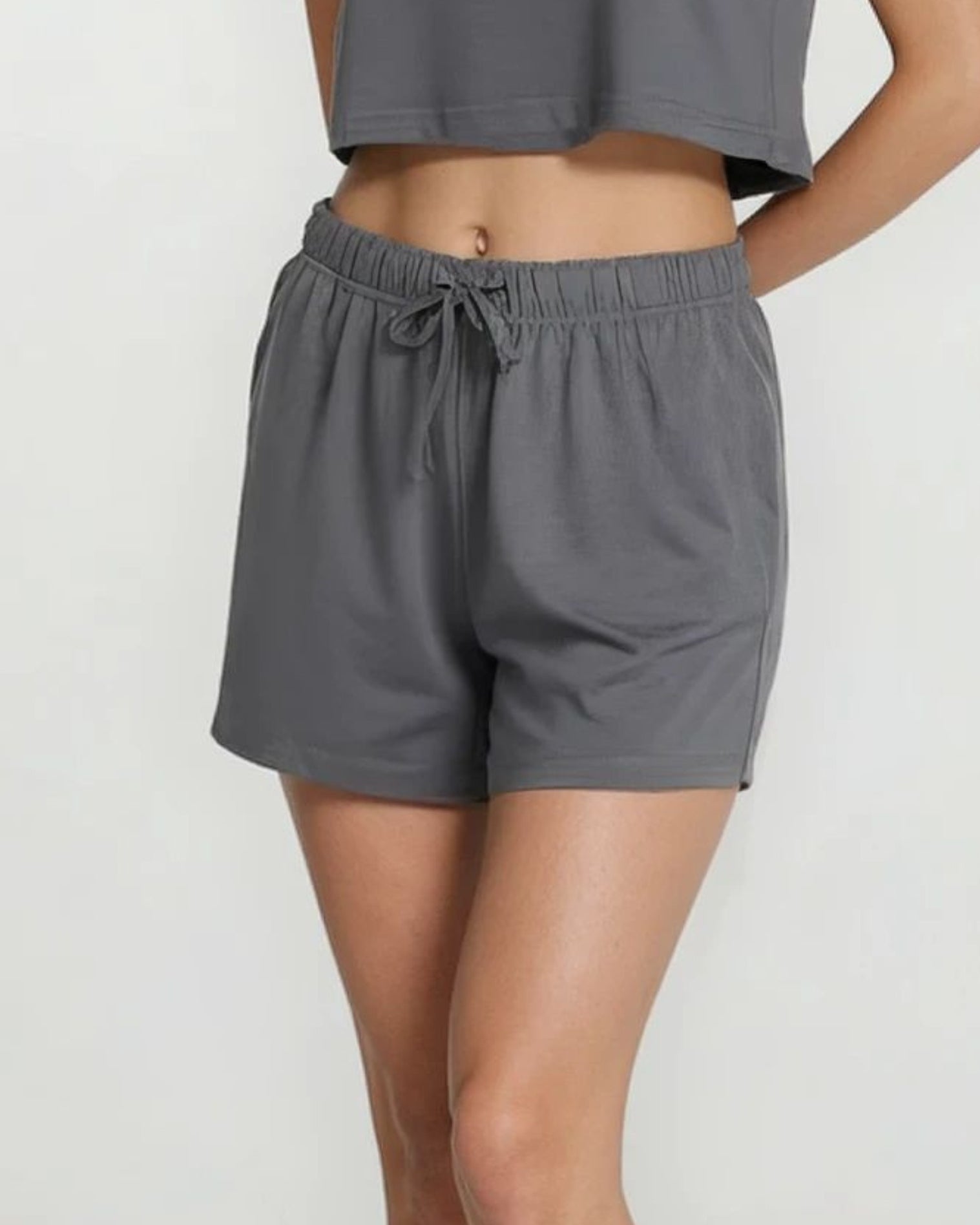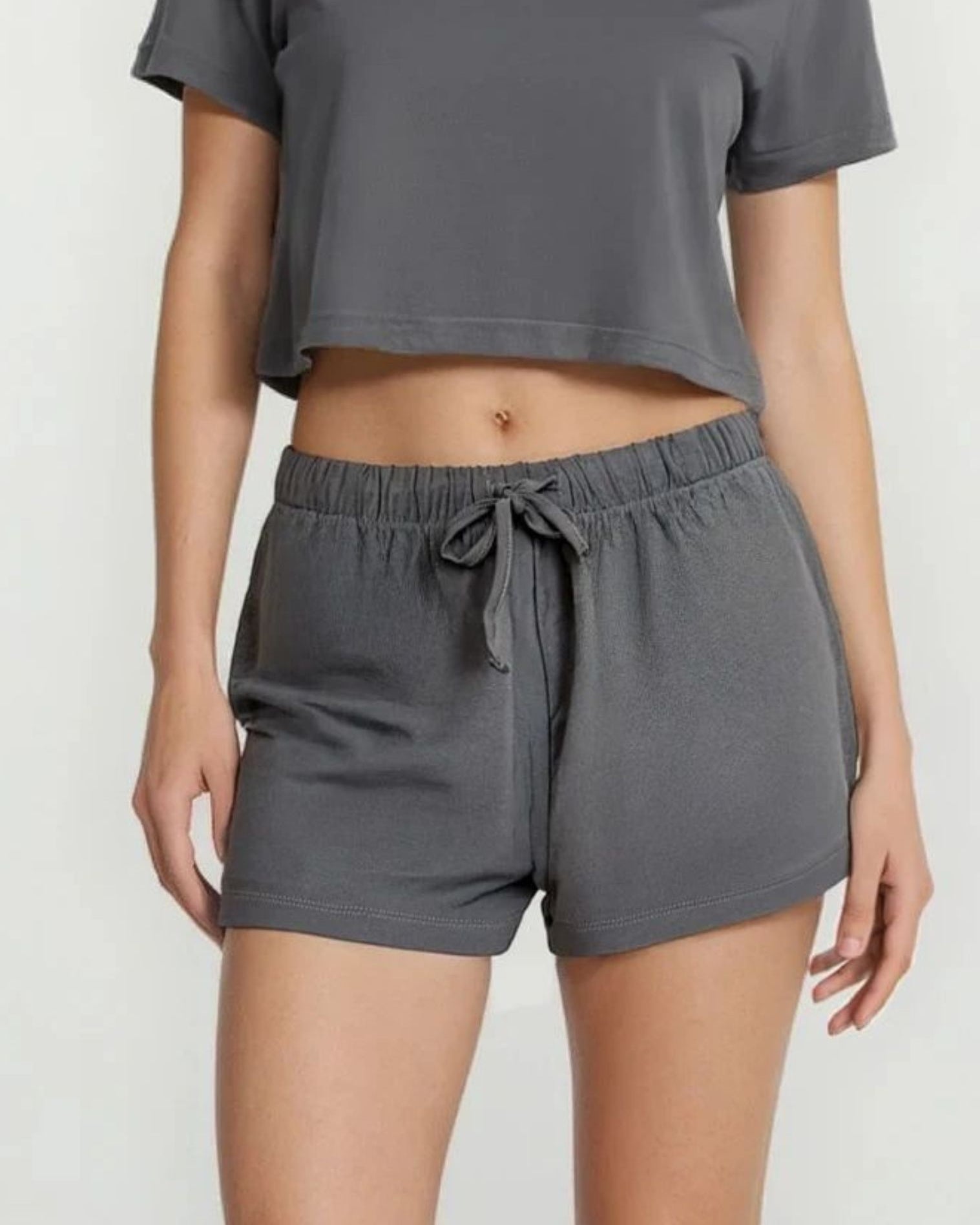"We don’t have to engage in grand, heroic actions to participate in change. Small acts, when multiplied by millions of people, can transform the world.” Howard Zinn
We at Active by GS are in sync with the above quote from American historian, philosopher, socialist thinker, playwright, and World War II veteran, Howard Zinn. We believe that big changes don’t always need big action, but thoughtful and progressive action and an undeniable love for the planet that sustains us and will sustain our future generation. .
On June 5th, people around the globe come together to commemorate World Environment Day—an annual event dedicated to raising awareness and taking action on critical environmental issues. This year, we shine a spotlight on one of the most pressing challenges of our time: plastic pollution. We have been discussing environmental and health impacts through our previous posts especially the impact in relation to the clothing industry. In this blog post, we delve into the significance of World Environment Day's theme, explore the impact of plastic pollution on our planet, and discuss practical steps we can take to combat this environmental crisis.

Understanding Plastic Pollution:
Plastic pollution has become an increasingly alarming issue that threatens the health of our ecosystems and organisms. Plastics, designed for durability and convenience, persist in the environment for hundreds of years, causing widespread damage. Single-use plastics, such as bottles, bags, and straws, contribute significantly to the problem. They end up in our oceans, rivers, and landfills, posing grave threats to wildlife, ecosystems, and even human health.
Environmental Concern
Plastic pollution affects every corner of the planet, from remote beaches to deep-sea trenches. It harms marine life through entanglement, ingestion, and habitat destruction, leading to the decline of species and biodiversity loss. Plastics also break down into microplastics, which have infiltrated our food chain, impacting human health. Read more about health impact here. Addressing this crisis requires collective action, policy changes, and a shift towards consumer behaviour.
Solutions for Combating Plastic Pollution
We all have a role to play in combating plastic pollution and safeguarding our environment. Here are several effective strategies to consider,
- Reduce Single-Use Plastics
- Recycle Responsibly
- Support Plastic-Free Initiatives
- Educate & Advocate
Plus, we have a blog post all about this! Check it out here.

- Reduce Single-Use Plastics: Start by eliminating or reducing the use of single-use plastics in your daily life. Carry a reusable water bottle, bring your own shopping bags, and use stainless steel or glass containers for food storage. Small changes can make a big difference.
- Recycle Responsibly: Learn about your local recycling guidelines and ensure proper separation and disposal of recyclable materials. Encourage others to recycle and support initiatives that promote effective recycling practices.
- Support Plastic-Free Initiatives: Choose products and brands that prioritise sustainable packaging and alternatives to plastic. By supporting businesses committed to reducing plastic waste, you contribute to the demand for environmentally friendly options.
- Educate and Advocate: Raise awareness about plastic pollution within your community and beyond. Organise workshops, discussions, or awareness campaigns to inform others about the issue and inspire action. Write to policymakers and urge them to implement stricter regulations on plastic production and waste management.
Plastics In Activewear
Plastics in activewear have become a significant concern due to their environmental impact. Many activewear garments, such as leggings, sports bras, and athletic tops, are often made using synthetic materials such as polyester, nylon, and spandex, which are derived from petroleum, a non-renewable resource. They also require a lot of energy and water to produce. In addition, synthetic fabrics can release microplastics into the environment when they are washed. Microplastics are tiny pieces of plastic that can harm marine life and pollute our oceans.
According to the Ellen MacArthur Foundation, 63% of all clothing fibers are synthetic, and the majority of those are made from plastic (1). Read more about micro plastics in clothing and how they impact the environment and our health here.
Fibers used in clothing can be subdivided into two major categories; natural and synthetic fibers. Natural fibers are those that exist in nature such as cotton, wool, silk, and others, whereas synthetic fibers include fibers like polyester, nylon, acrylic, and others. There are a number of sustainable alternatives to synthetic activewear which include fabric made from organic cotton, bamboo, and wool. Here are a few facts that pertain to the clothing industry.
- Fabric made from natural materials are more environmentally sustainable than synthetic fabrics, as they require less water and energy to produce.
- They are also biodegradable, meaning they will break down in the environment over time (2).
- The life-cycle of the finished clothing and return to earth determines their sustainable factors with synthetic fabric known to be more detrimental (3).
- Studies reviewing the use of plastics in the textile industry and its environmental impact found that the use of plastics in textiles has a number of environmental impacts, including greenhouse gas emissions, water pollution, and air pollution (4).
Also, it is worth noting that polyester activewear has a higher environmental impact than cotton activewear, due to the energy and water required to produce polyester (5). When choosing sustainable activewear, it is important to look for the following labels:
- Organic cotton: Organic cotton is grown without the use of harmful pesticides or fertilizers. It is a more sustainable option than conventional cotton.
- Bamboo: Bamboo is a renewable resource that grows quickly. It is also a soft and comfortable fabric.
- Wool: Wool is a natural fiber that is warm and durable. It is also a good choice for people with allergies
We at Active by GS believe in respecting the environment and focusing on sustainable solutions. Our unique blend of organic cotton and bamboo results in the incredibly buttery soft fabric that has become the hallmark of our activewear - we don’t want to brag but we’ve been told they don’t feel like you’re wearing anything at all!
It is also important to consider the company's commitment to sustainability. Some companies are more transparent about their sustainability practices than others. It is a good idea to do some research before you buy sustainable activewear. By choosing sustainable activewear, you can help reduce your impact on the environment as well your skin will love you for it! You can also feel good knowing that you are supporting companies that are committed to sustainability.
Let’s come together to make a Lasting Impact
World Environment Day provides an opportunity to unite individuals, organisations, and governments in the fight against plastic pollution. Collaborate with local environmental groups, participate in cleanup activities, and support initiatives that aim to tackle plastic waste in your area. Together, we can drive meaningful change and create a cleaner, healthier future for our planet.
Plastic pollution poses a significant threat to our environment and demands immediate action. As we commemorate World Environment Day, let us reflect on our responsibility to protect the planet and take steps to combat plastic pollution. By reducing our reliance on single-use plastics, supporting sustainable alternatives, and advocating for change, we can collectively make a lasting impact.
Remember, every action matters, and by working together, we can create a world free from plastic pollution—a legacy worth leaving for future generations.
Happy World Environment Day!
References
-
Ellen Macarthur Foundation, 2023. A New Textiles Economy: Redesigning fashion’s future. https://ellenmacarthurfoundation.org/a-new-textiles-economy
-
Nilsson, G. A. V., Björklund, M, and Karlsson, M., 2017. The environmental impact of activewear: A life cycle assessment of polyester and cotton sportswear.
-
Gonzalez, Victoria, Xingqiu Lou, and Ting Chi. 2023. Evaluating Environmental Impact of Natural and Synthetic Fibers: A Life Cycle Assessment Approach. Sustainability 15, no. 9: 7670. https://doi.org/10.3390/su15097670
-
Fernandes, A.C, Silva, M.M, and Neves, J.M.S., 2019. The use of plastics in the textile industry and its environmental impact.
-
Al-Salem, A. A., Al-Ghamdi, M.A, and Al-Harbi, A.A., The microplastics pollution from textiles: A review of the sources, pathways, and effects (2020) by A. A. Al-Salem, M. A. Al-Ghamdi, and A. A. Al-Harbi.

